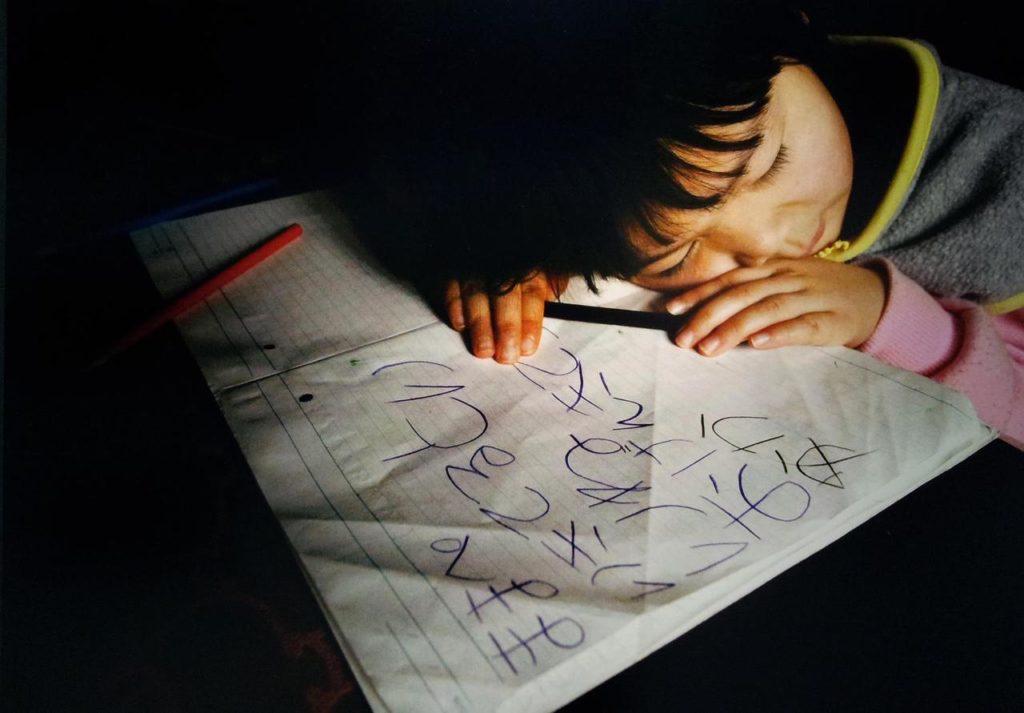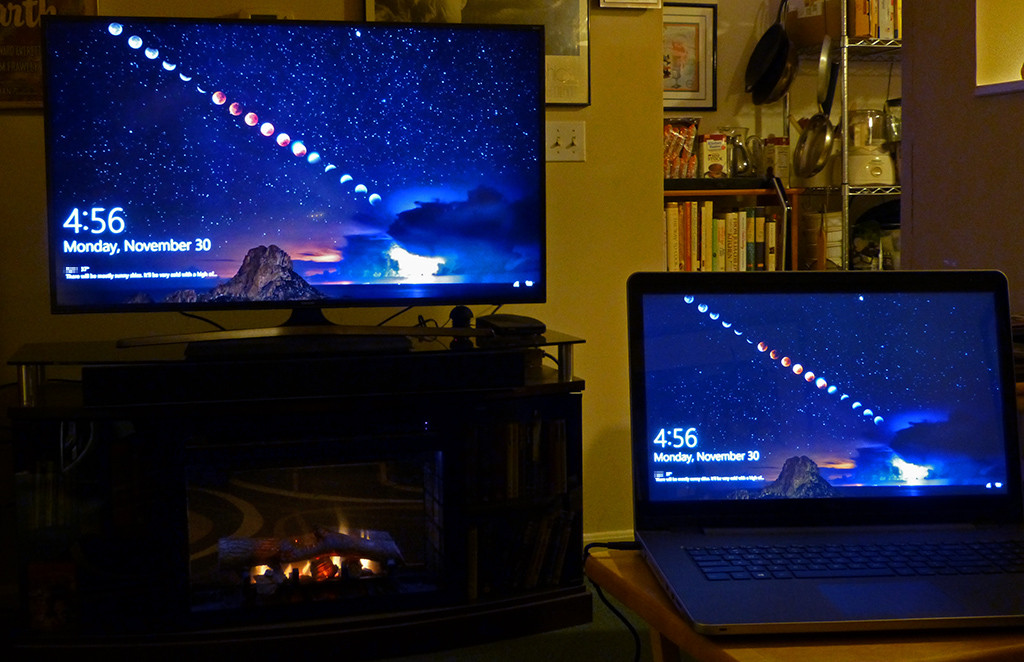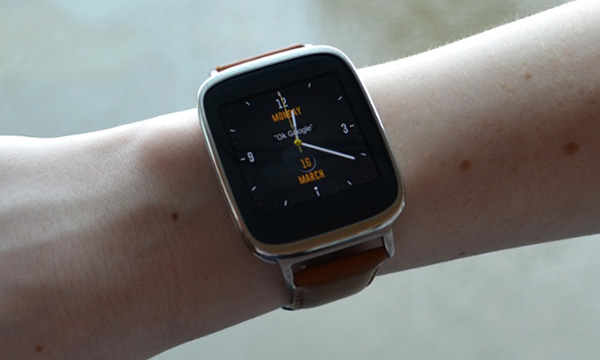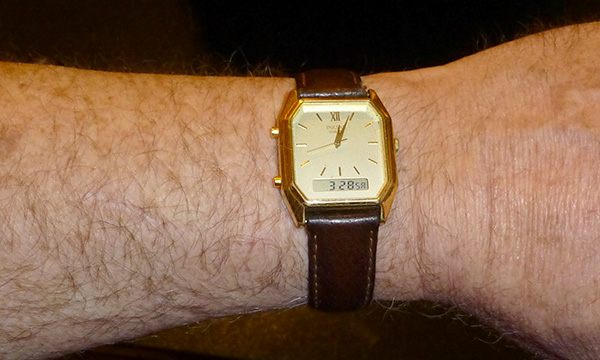That’s my thought whenever I read that people have spent hours and hours scouring through someone’s online history specifically to find something to get angry about. Jon Ronson mentions in this 2 April interview that the citizen police examined over 9,000 posts by Trevor Noah. I can’t think of a reason why people – at least those who are not in possession of a genuine obsessive-compulsive disorder – would do that other than a combination of plenty of idle time and being supremely bored with their own lives. It’s easy to wonder if they were even remotely interested in the topic at hand before the possibility of a fresh new outrage, however small and inconsequential, presented itself.
These “find anything some person has ever said that might now or ever in the past or future offend someone – anyone” research projects, said goal always attainable no matter who you’re talking about, also seem like busy-work to me, akin to a boss telling an underling “Go through the customer records and prepare a listing in reverse last purchase date order, with subtotals by month and year – but only include purchases up to but not including fifty dollars” because he hasn’t any real work to give them. In the case of people who enjoy generating or fueling the internet outrage du jour, they are their own boss giving themselves ridiculous time-wasting things to do.
The first article linked above, which I noticed because I’ve just started reading Ronson’s new So You’ve Been Publicly Shamed, disingenuously quotes Jim Norton out of context, but does link to his full article, which includes this key paragraph:
Being outraged and upset and feeling bullied or offended are not only things we enjoy, they’re also things we have become thoroughly addicted to. When we can’t purposefully get our feelings hurt by a comedian, we usually find another, albeit less satisfying, source of indignation. A few of the old stand-bys are sports announcers, radio hosts, Twittering athletes and paparazzi-hating actors. These are always great sources to look to when we need to purposefully upset ourselves. And make no mistake about it: Upsetting ourselves on purpose is exactly what we are doing. At least that’s what I hope we are doing. Because the other alternative is that Americans have collectively become the most hypersensitive group of whining milksops ever assembled under one flag. I find this second choice to be particularly humiliating, so I opt for the first. I choose to believe that we are addicted to the rush of being offended, the idea of it, rather than believing we have become a nation of emasculated children whose only defense against an abyss of emotional agony is a trigger warning.
I think his first choice is the correct one, but only because I, on the outside of Fnooter, Dingleface, et al and looking in with cocked eyebrow, have been saying that in one way or another for about a decade. People who have no rushes in real life can predictably and easily obtain red faces, hot tempers, and irresistible urges to join one fray or another several times every day through antisocial media. The exclamation points and the ALL CAPS and the vituperative spluttering might seem to be of a sapping nature for the soul and therefore not a good thing in the long run, true enough, but I also have no doubt that, in the short term, it’s a boatload of fun for people with nothing to look forward to in their own lives: “At last…excitement!” The popularity of such virtual Pixy Stix for the terminally bored and boring is not surprising to me, nor that most can’t stop themselves once in the habit.
When a population becomes distracted by trivia, when cultural life is redefined as a perpetual round of entertainments, when serious public conversation becomes a form of baby-talk, when, in short, a people become an audience, and their public business a vaudeville act, then a nation finds itself at risk; culture-death is a clear possibility.
– Neil Postman in Amusing Ourselves to Death: Public Discourse in the Age of Show Business (1985)













